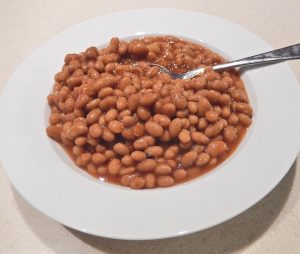 Can’t Heat or Cook
Can’t Heat or Cook
Whether you are short of fuel when camping, or at home, or the finances to buy electricity or during bad weather or any other time in the year when you cannot get a cooked meal, there are many products that you can purchase to keep you fed and warm. These items include canned meats, ramen noodles, and even salads and beef jerky.
Canned meats
Whether you’re looking for a quick and easy meal, a healthy snack, or a meal for a potluck, canned meats are an easy way to add quality protein to your diet. The most common meats for canning include beef, pork, lamb, and poultry. Canned meats are also an easy way to add flavour to your meals. Canned meat is packed with flavour and tenderness. You can add canned meat to a casserole or add it to stews and soups. You can find a variety of canned meats in your local grocery store. Canned meat is also an affordable and shelf stable food. Choosing a high quality product is important. It’s important to read the ingredients list and avoid any additives that may be harmful.
If you have received canned meat as part of a food hamper, it is a useful food to keep you fed without having to cook. It is however, heavy to carry when camping.
Salads
If you want green foodstuff that needs no cooking, or whether you’re planning a dinner party, a picnic, or an impromptu supper, no cook salads are an easy and tasty way to keep your meal light and refreshing. No cooking is required and you can use any of your favourite seasonal produce. For a simple and healthy summer salad, use romaine hearts, mint, and fresh chives. You’ll get tons of vitamins and nutrients from these ingredients. Then you can jazz them up with tart sauces, fresh fruits, and crunchy vegetables or whatever you may have received in a food hamper.
Beef Jerky
Whether you’re looking for a snack or an ingredient in a recipe, beef jerky can be a useful item for no cook food. Depending on your taste buds, you can use any spices and flavours you may have on hand to create a tasty snack that is a little different each time you make it. You should be careful of beef jerky if you need a low salt diet as it may contain high levels of salt.
Canned Beans
Possibly the cheapest no cook meal you can have is a tin of baked beans, opened and eaten with a spoon. Many kids enjoy baked beans along with the accompanying tomato sauce and may be content to eat them cold. Beans are a nutritious food but if you want to add some extra protein without cooking, you could add some slices of cheese or grated cheese on top of the beans. For additional no cook filling, a slice of bread can help.